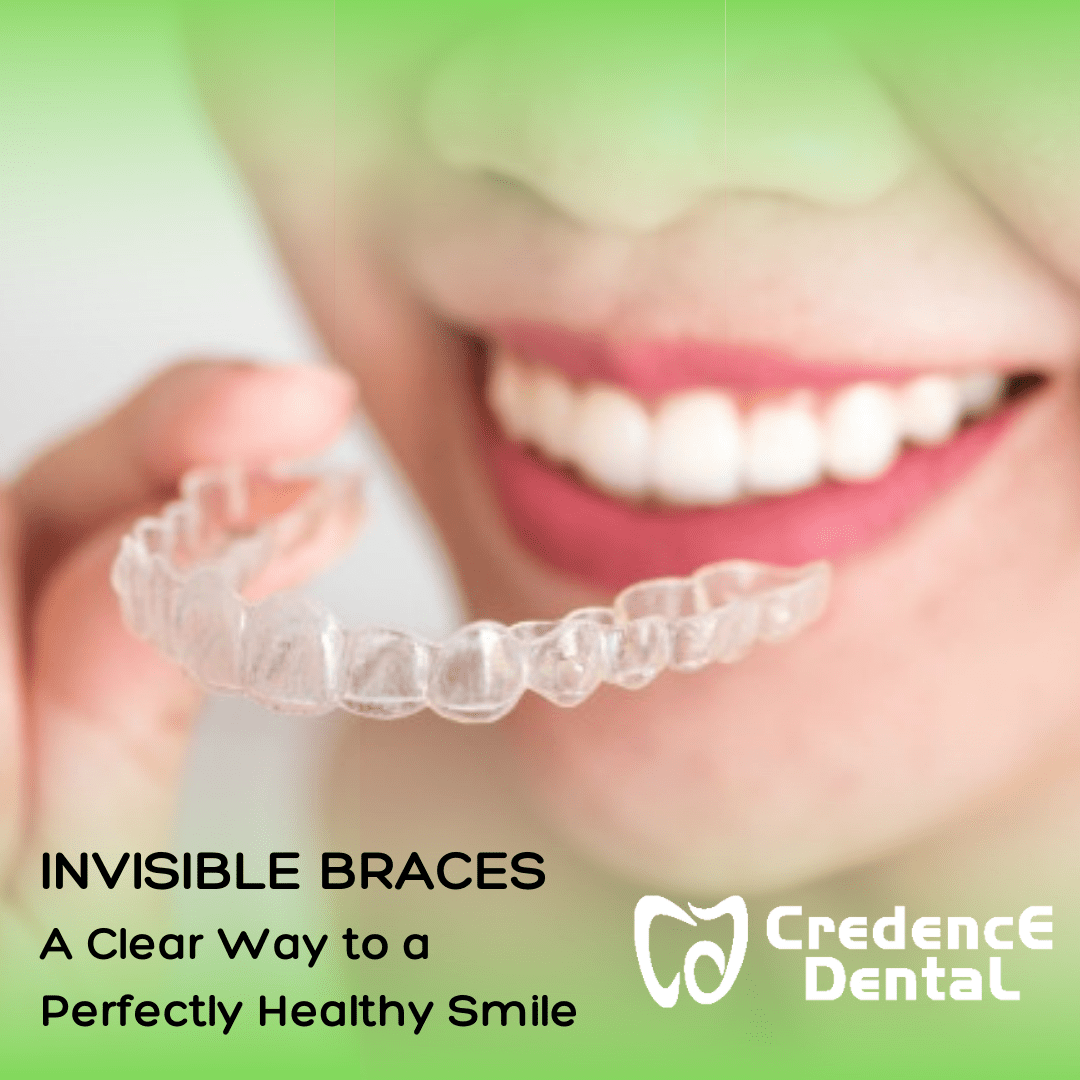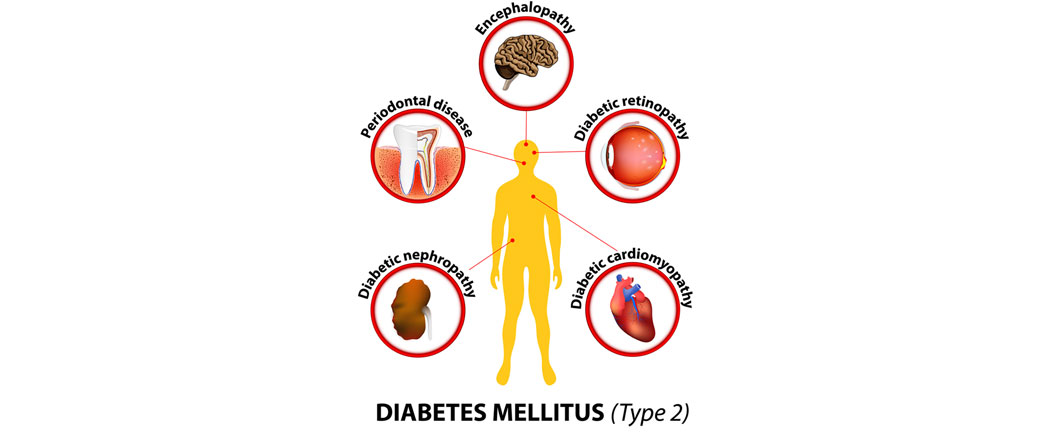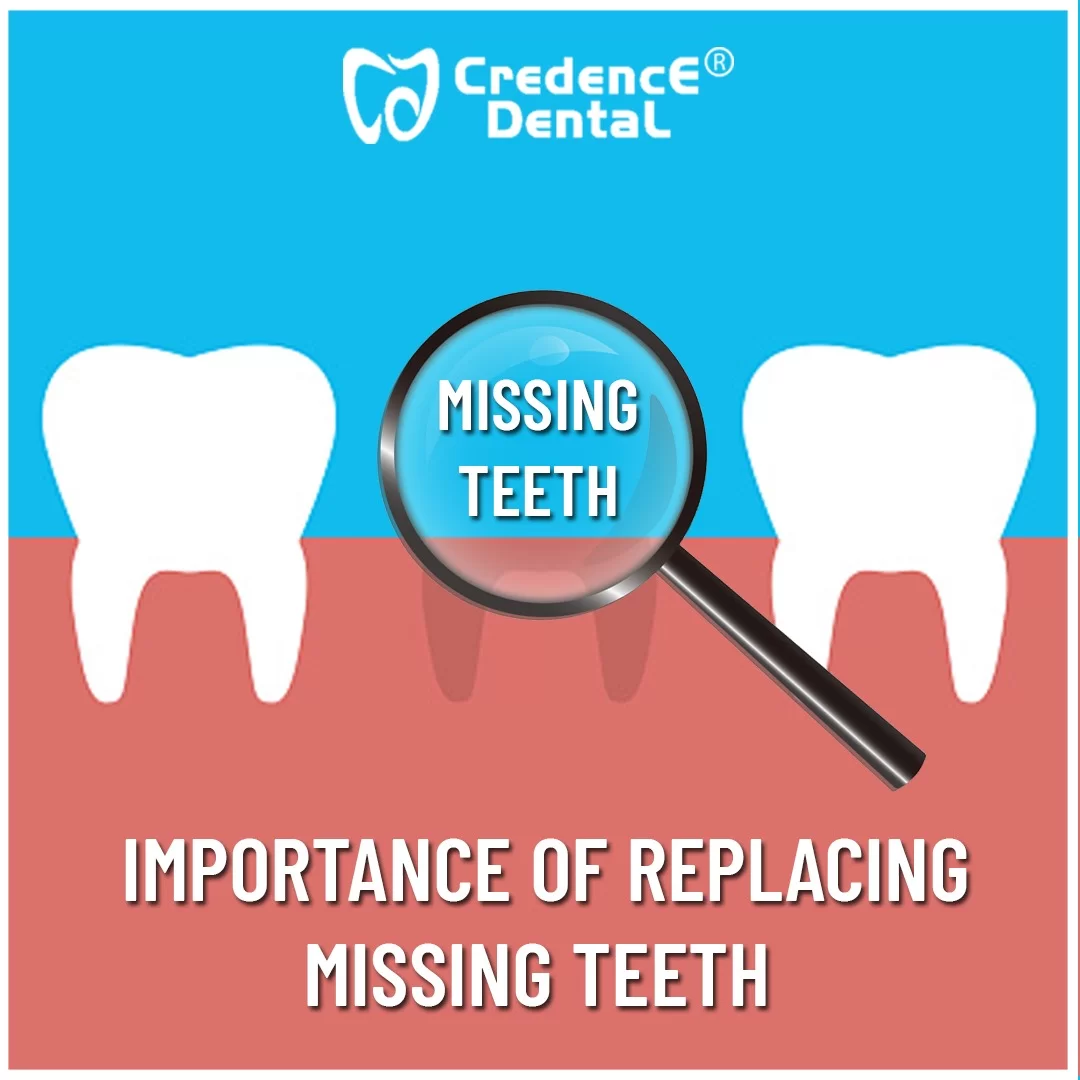Dental health is an important part of the prenatal care and its importance shoots up during pregnancy, but it is often not stressed enough. The way you care for your oral health is no exception because pregnancy comes with many responsibilities and needs special dental care.
Risk for oral health problems increases during pregnancy and the dental infections can soon spread to other parts of the body and affect your overall health.
Why is dental health important and how does it affect pregnancy?
Pregnancy increases the risk of certain dental health problems, so maintaining a good dental hygiene can help you have a healthy pregnancy and a healthy baby. Tooth decay and other related issues may lead to infections that could cause harm to the baby.
According to the findings of a new study, there is a link between periodontal disease and premature birth. Premature birth is the one that occurs early, well before 37 weeks of pregnancy. Dental issues can put your baby’s health at risk as pregnant women with gum disease are significantly more likely to go into early labor and deliver a premature baby who may have more health problems and complications than babies born through a full term.
The benefits of receiving oral healthcare during pregnancy far outweigh potential risks. During pregnancy, routine dental visits are necessary and safe. It is also important to keep your dentist informed if there are any changes in the medications that you take or if you facing any dental issues such as swelling, bleeding or any infections.
How does pregnancy affect your dental health?
Pregnant women are more likely to suffer from dental problems because a lot of changes occur in the body which affects the overall health of the to-be-mother. Some of the common issues and their after-effects :
- The type of food you eat while you are pregnant can affect your dental health. During pregnancy, your eating habits are likely to change as you may crave for a variety of foods and eat more of certain foods, much more frequently than you did before
- Your gums may be sore and tender or you are more tired than usual due to nausea and other pregnancy related health issues so you may brush and floss your teeth less often than you did earlier on a regular basis
- Hormonal levels such as estrogen and progesterone may increase in your body during pregnancy which in turn will increase your risk for certain oral health problems
- Hormonal changes make your gums more prone to plaque and cause inflammation, swelling and bleeding of the gums which is known as pregnancy gingivitis which may lead to overgrowth of tissues on the gums and cause pregnancy tumors
What factors increase your risk for certain dental problems during pregnancy?
- Increased acidity in the mouth: During pregnancy, if you have vomiting that is caused by morning sickness, your teeth get exposed more to stomach acids and gastric juices and that may harm the enamel of your teeth.
- Cavities, tooth decay or caries: Being pregnant makes you more likely to have tooth decay and cavities. The bacteria that causes cavities may be passed on to your baby during pregnancy and after birth as well and this may cause serious dental problems for your baby’s teeth in their later stages of life.
- Gingivitis: Gingivitis is the inflammation, redness and swelling of the gums and the pregnancy hormones increase your risk of having it. If left untreated, it may lead to serious gum diseases.
- Loose teeth: The tissues and bones that keep your teeth intact may temporarily loosen due to high levels of hormonal changes that takes place in your body.
- Periodontitis or gum disease: If gingivitis is not treated, it can lead to periodontal disease which causes serious infections in the gums that may lead to bone loss around teeth. Severe gum disease can occur because of smoking too. Periodontitis can lead to serious conditions like bacteria in the bloodstream which is known as bacteremia and that needs immediate medical attention and treatment.
How can you prevent dental problems during pregnancy?
- Brush your teeth twice a day with fluoride toothpaste and a soft bristle toothbrush and also floss regularly as it helps in preventing any serious dental problems in future.
- Reduce the food intake that is high in sugar content by choosing low-sugar foods and keeping a check on the food labels.
- Choose vital dietary requirements and supplements rich in vitamin C, calcium and B12.
- Visit the dentist regularly for a dental check-up and seek emergency dental care at any stage of pregnancy.
To know more about routine dental check-up that you may need as a mother-to-be, visit our dentist’s team at Credence Dental to ensure your safety and your unborn child’s safety.
Call us at +91-9141160212 to book an appointment with our Specialist Dentist










